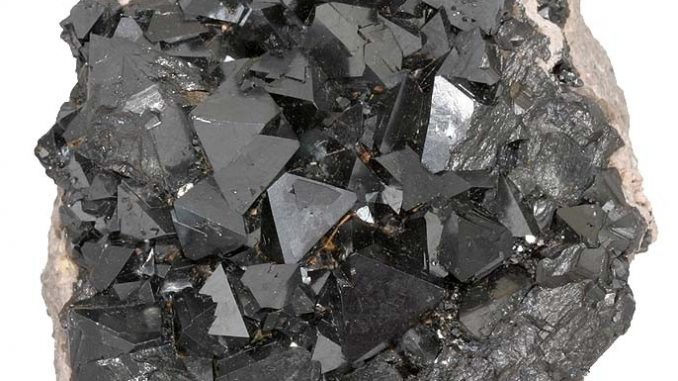
In News
The mineral magnetic studies can forecast the climatic changes faster and more accurate.
In-Detail
- Scientists from the Indian Institute of Geomagnetism have tracked the climate change by following the Paleo monsoonal pattern of India by harnessing magnetic mineralogy.
- This technique is faster and more accurate than the existing techniques.
- Magnetic mineralogy is sensitive to changes in chemical and physical processes which result in concentration, grain size and mineralogy changes.
- The team collated and conducted environmental and climatic studies by collecting sediment samples from different environments and climatic domains of India.
- To collect the information from the frozen magnetic minerals, researchers used parameters such as magnetic susceptibility and a hysteretic remnant magnetization, saturation induced remnant magnetization, Curie temperature and hysteresis loops.
- For climatic studies, researchers generally use several proxies like fossils, microorganisms, isotopes, gases trapped in ice etc.
- This method takes long time efforts to segregate the material and cumbersome laboratory technology. The instruments are very costly and the material needed to measure are very vast.
- For Indian monsoon and its variability, the scientists studied through different continental and oceanic proxies. The new technique applied for sub-continent by IIG scientists is changing in properties of the magnetic minerals.
- This study helps to gauge the prevalent climatic changes.
- In sediments, the concentration of magnetic minerals is very low but this is sufficient to carry out climatic studies.
- When the instrument is installed in the lab, the overhead and maintenance charges are quite moderate and cheap. The time taken is also very less.
- With one magnetic parameter, hundred samples can be tested in a day.
- Four regional climatic features encompassing the entire Indian continent and one localized climatic event unfold with the help of magnetic mineral studies.
- The four regional climatic features are i) higher monsoon precipitation in the western part of India between 25-60 ka, ii) the weakening of the monsoon in the Himalayas, iii) the hinterland of Arabian Sea between 20 and 15 ka, iv) analogically cold and dry condition at Dhakuri. The localized climatic event is the Younger Dryas.
Conclusion
Understanding the paleo climatic of a region helps scientists determine the climatic conditions of that period and can project a future scenario for the earth. With climate change becoming an existential threat to human beings, studies like above will help determine the causes and effects of climate change. It also helps policymakers and the general public to take action to mitigate global warming and its impact on the climate.
When considered for Prelims, ‘magnetic mineralogy’ becomes a potential term for questioning. As magnetic mineralogy is a new way of carrying out climatic studies, and its use by Indian scientists assume significance in light of UPSC prelims.

Leave a Reply
You must be logged in to post a comment.